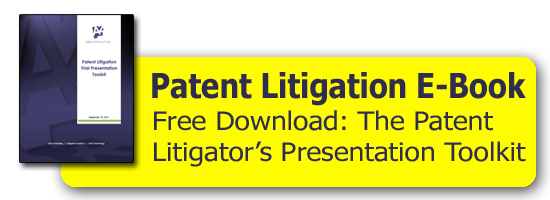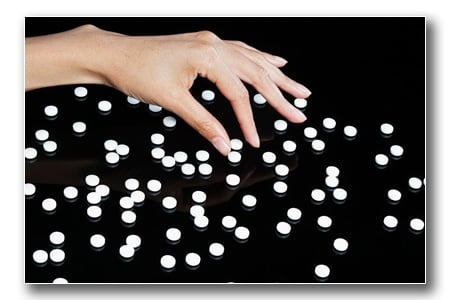Pharmaceutical companies can be embroiled in many types of litigation. Very often, because of the length of time and the tremendous investment of money that it takes to develop a new drug and bring it to market, these cases can be crucial to the company’s continuing financial health.
For this reason, it is crucial that a litigator make these often complex cases understandable for the fact-finder, whether judge or jury. Once understanding is achieved, persuasive graphics and argument can be layered on top of that understanding.
Among the types of cases that pharma companies can frequently encounter are:
- Products liability cases. Often, plaintiffs and their lawyers use pharma cases as attempts to develop new theories of liability and to establish new theories of causation of harm. The defendant drug companies and their law firms need to explain to jurors, who are likely to be suspicious of big pharma companies, why the company should not be held liable. Making complex information understandable in these cases is essential.
- False Claims Act cases. Under the False Claims Act, someone who believes that the government has been defrauded can bring a case that the Department of Justice has the option of joining. These cases can include charges of billing fraud, kickbacks, violations of good manufacturing practices, wrongdoing in clinical research, and other allegations.

- Antitrust litigation. As is true of many industries with only a few large participants, the pharma industry is often the target of antitrust cases. These can be either civil or criminal in nature and can be brought either by the government or by private parties. They can include allegations of monopolization of the market for a drug, charges that a merger is illegal, or allegations of illegal collusion among competitors.
- Patent litigation. This type of litigation has become common because of the passage of the Hatch-Waxman Act in 1984. The act provides a mechanism for generic drug companies to quickly gain approval to sell a generic version of an existing brand name drug. Here, the complexities of the process can be a struggle for a jury. Thus, the use of litigation graphics is essential to make complex information understandable.
For example, under Hatch-Waxman, the application that begins the FDA approval process for the generic firm is called an Abbreviated New Drug Application (ANDA). Brand name drug manufacturers have an understandable incentive to delay approval of the ANDA. If that approval is delayed, the brand name firm continues to be able to lawfully sell its brand name drug without a lower priced generic equivalent in the market. One lawful mechanism that brand name companies can use that may have the effect of delaying the approval of an ANDA is the filing of a Citizen Petition with the FDA.
A Citizen Petition filed by a brand name firm would typically allege that the proposed generic drug is not equivalent to the brand name drug and thus should not be approved for sale. Should the Citizen Petition be deemed only a mechanism for delaying approval of the generic drug rather than one filed with the public's health interest at heart, the brand name firm would be liable for antitrust violations.
In a case of this type, our challenge in creating an effective trial presentation was to create trial exhibits that taught the jury and persuaded the jury simultaneously. The trial exhibits (below) were part of a PowerPoint presentation that explained how differently Citizen Petitions and ANDAs are handled at the FDA.
Similarly, in the “Hatch Waxman ANDA Bioequivalency Exhibit” (below), the straightforward area graphs show a jury how the proposed generic drug has a different concentration level and is thus not bioequivalent. This exhibit helped lead to a complete defense verdict for our client, a major pharmaceutical company.
Often pharmaceutical litigation involves topics at the microscopic level, and it is in such instances that making complex information understandable becomes especially critical. In the short animation below, we demonstrate how an impenetrable layer is created by a polymer. This explanation was critical to a jury's understanding in patent litigation worth hundreds of millions of dollars.
Paraphrasing Mark Twain, if litigators had more time to prepare, they would usually make a shorter presentation that is easy to understand. The key to a shorter, more efficient presentation is taking the necessary time to make complex information easy to understand or hiring an effective demonstrative evidence/litigation consulting firm. Like many aspects of A2L Consulting's work, making the complex understandable is simple but not at all easy.
Learn more about A2L Consulting's work:
- Free subscription to our e-publication: The Litigation Consulting Report
- Download the Patent Litigator's Trial Presentation Guidebook
- Read articles about pharmaceutical litigation at A2L






Leave a Comment